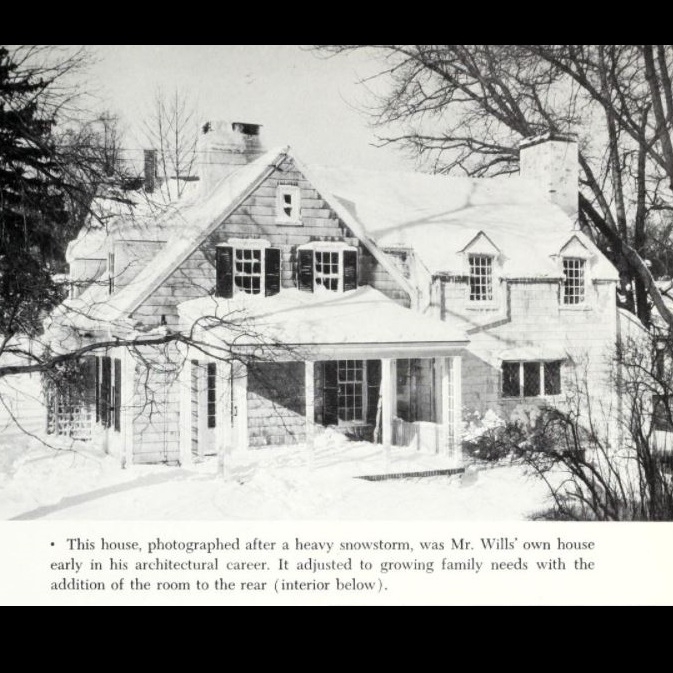Over the course of the 19th century, house styles became more and more complex, leading in the early years of the 20th century to a backlash and a growing preference for simplicity of form. In Melrose, that often meant a return to the past, to the aesthetic movement called the Colonial Revival.
In the late 19th century, the Yankee descendants of the Puritans who had come to this land in the 17th century saw their cultural dominance erode. They began to set new value on colonial era buildings, believing that newly arrived immigrants could absorb American values by spending time in the virtuous settings of their Puritan ancestors.
Colonial Revival architecture sought to package that virtuous aesthetic in a form that was affordable and modern. It became the dominant style of new house construction in Melrose in the first half of the 20th century. The person most responsible for that dominance was Royal Barry Wills, America’s most influential Colonial Revival architect, who grew up at 51-53 Oakland Street in Melrose.
Wills graduated from Melrose High in 1914, and then studied architecture at MIT, which was to become one of the great centers of architectural Modernism. You could interpret Wills’ domestic vision as a marriage of Colonial Revival aesthetics with the Modernist imperative that houses be technologically advanced spaces that responded to 20th century needs. Wills designed many modernist house plans, but the market he helped to cultivate preferred his Colonial Revival work.
Wills’s own house, built on family land in 1929 at 59 Oakland Street, is a prototypical Wills design. It is a Cape featuring a low-pitched roof, an off-center central chimney, and weathered shingles, all recalling the 17th century. Set askew on its lot, it cleverly hides a two-story addition to its rear. While the aesthetics bring to mind Puritan virtue, functionally the house owes little to the 17th century, as the rooms are arranged for a 20th century family. This vision—at once nostalgic and contemporary—made Wills one of America’s most successful architects, and forever changed the neighborhoods of Melrose.






No comments:
Post a Comment